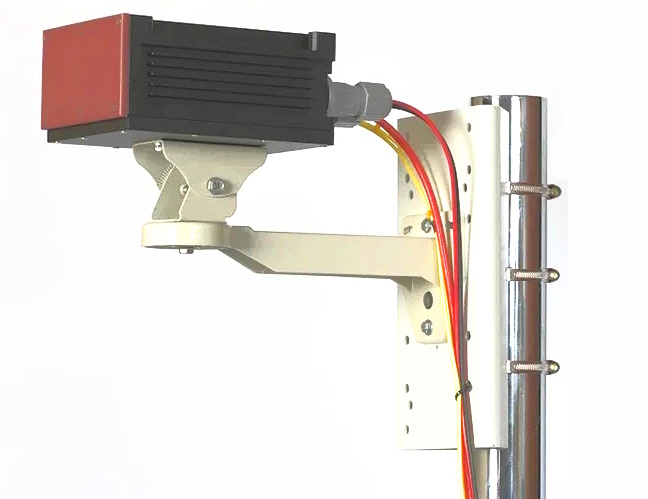Ship-to-shore 10 Gigabit Wireless Connectivity with MobiBridge-10G
In this article, you’ll learn how MobiBridge-10G wireless terminal could revolutionaries how large cruise ships and ferries could be connected to the 10 Gbps wideband Internet in the seaports.










